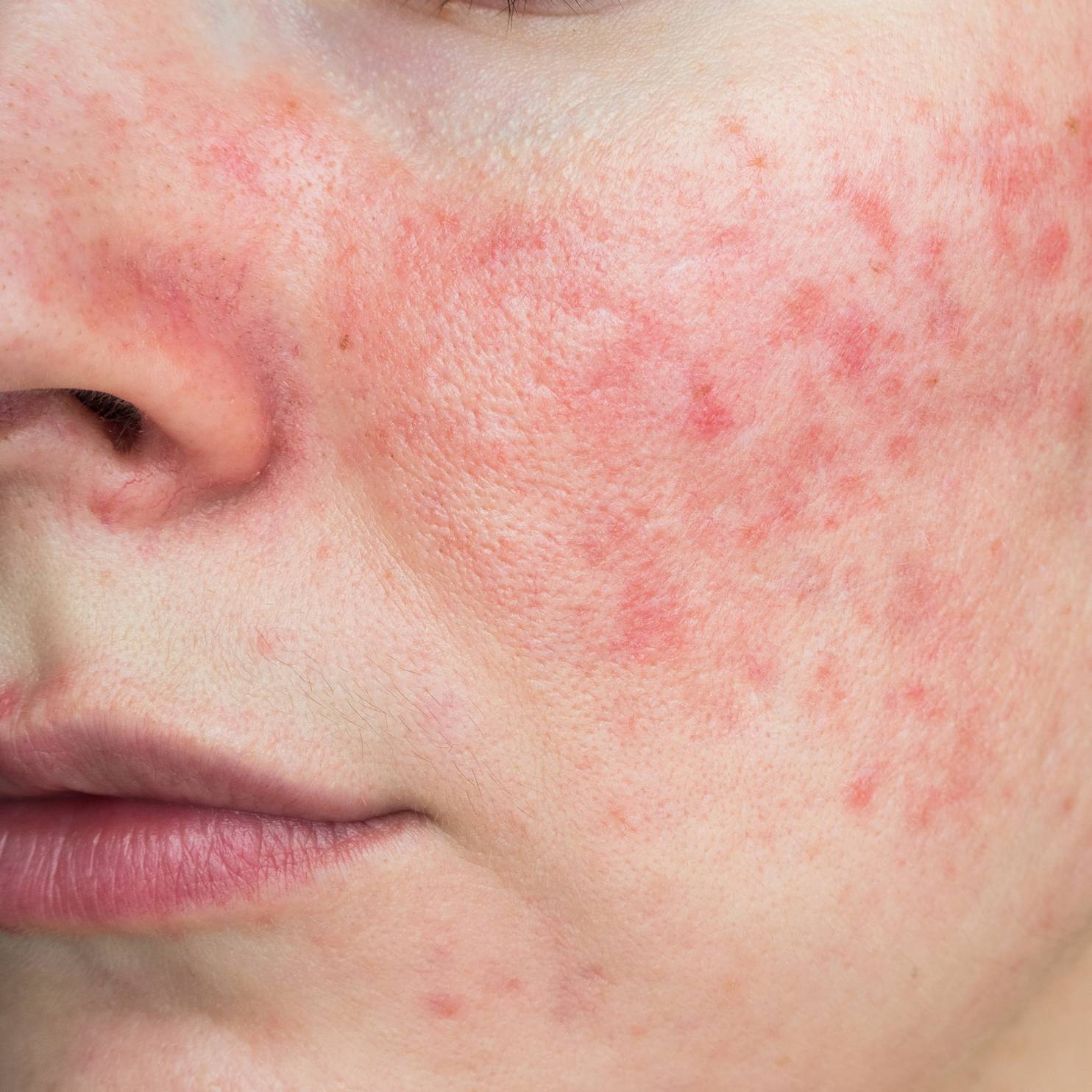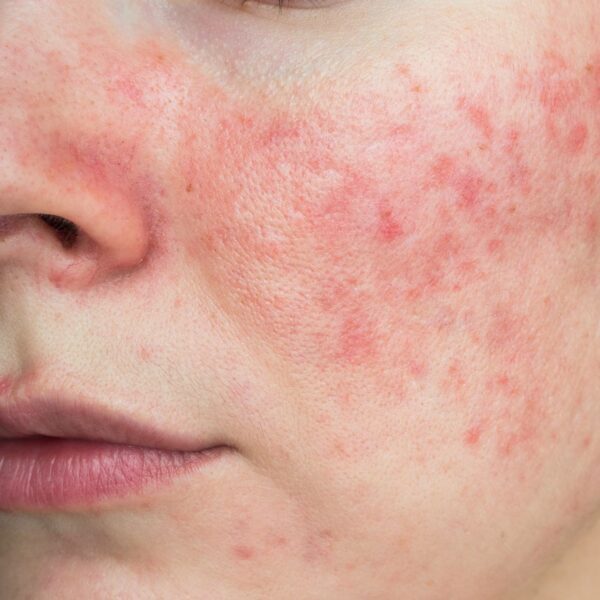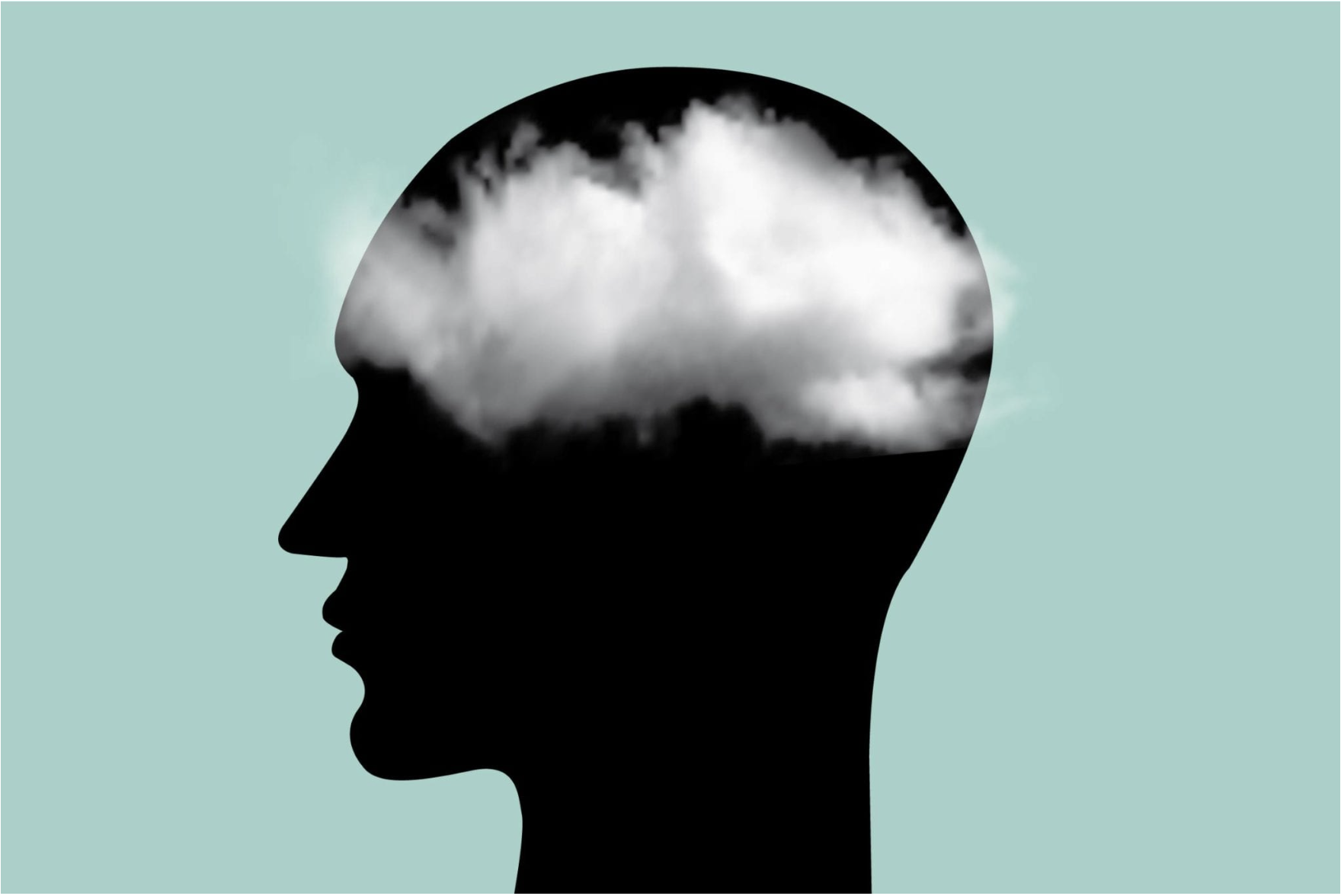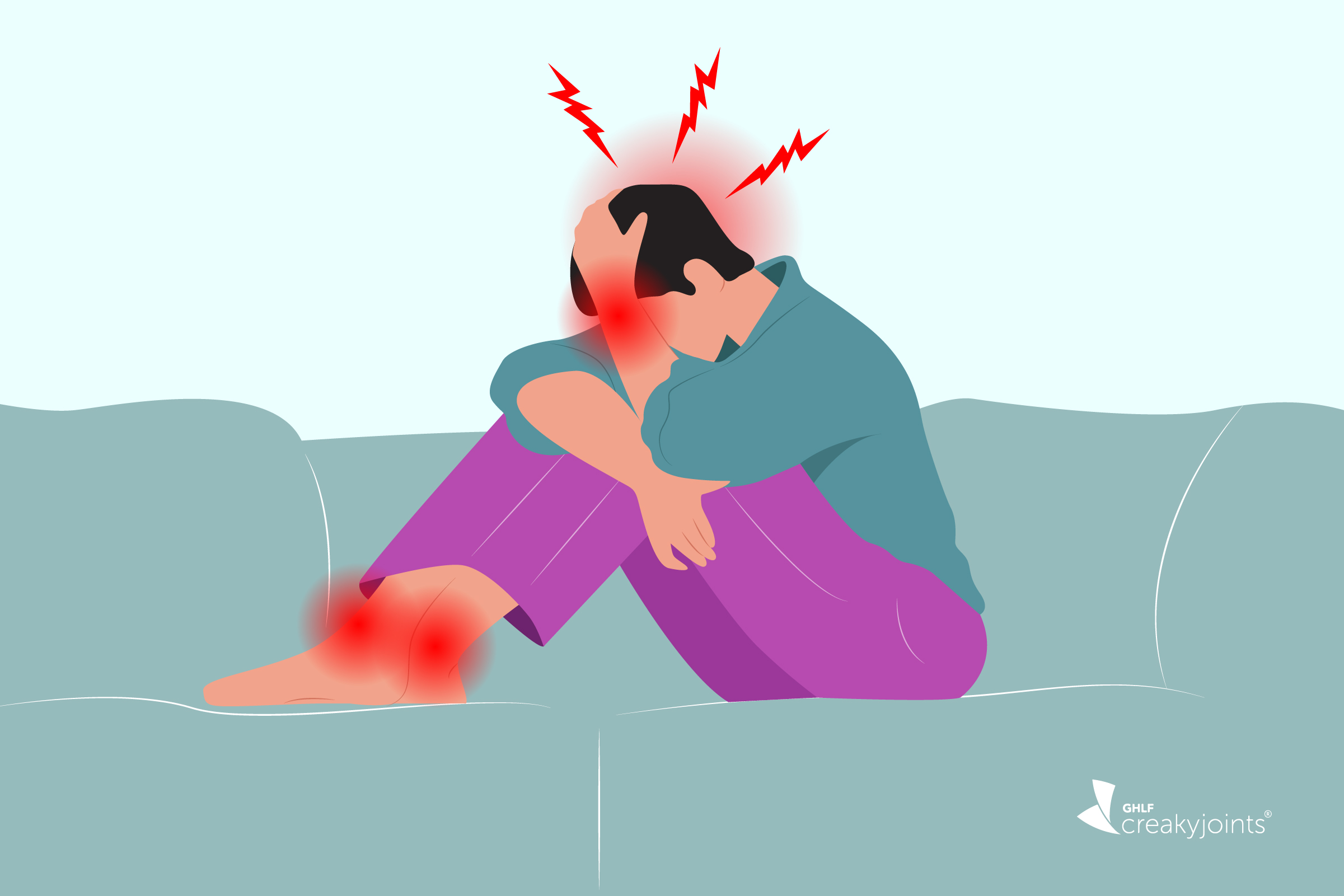Discover the symptoms of brain fog linked to migraine and learn coping strategies to manage cognitive challenges.

New Research Suggests a Link Between Migraine and Rosacea
NEW RESEARCH SUGGESTS A LINK BETWEEN MIGRAINE AND ROSACEA
August 5, 2021
Barbara Brody

At first glance, migraine — which is often characterized by one-sided, pulsating headaches accompanied by nausea and sensitivity to light and sound — might not seem like it has anything to do with rosacea, a skin condition that causes facial redness. Yet studies are finding that the two conditions often overlap. The latest: A research letter, published in the British Journal of Dermatology, which found that about 22 percent of people with rosacea also had migraine.
The researchers recruited participants from the ongoing Northern Finland Birth Cohort 1966 Study, which has been collecting and assessing the health data of thousands of Finnish people since they were born. Of the 3,181 patients who were contacted, 1,932 agreed to participate in a sub-study on migraine and rosacea. Participants were evaluated by a dermatologist to see whether or not they had rosacea. They were also asked to report whether a doctor had diagnosed them with migraine and fill out a survey about whether they had experienced specific migraine symptoms.
According to the findings, self-reported migraine was slightly more common among those with rosacea (21.5 percent) than those without (18.5 percent). Additionally, people with rosacea and migraine more commonly reported one-sided and throbbing headaches compared to those who had migraine but not rosacea.
When examining the data on male and female patients separately, researchers found that men with rosacea had twice the risk for migraine compared to men without rosacea. They were also more likely to indicate that they had experienced “one-sided and throbbing headache,” “headache that prevents doing daily activities,” and “headache that is irritated by bright lights and loud voices.” The researchers, however, did not find an increased risk of migraine among women with rosacea. That was surprising and contrary to other studies. The authors noted that earlier research from Denmark found women over the age of 50 with rosacea had almost 1.5 times the risk for migraine than those without rosacea.
Why migraine and rosacea might be connected — assuming these findings are more than coincidental — isn’t totally clear. But it’s worth noting that the exact cause of either condition is not fully understood, and that triggers for both migraine and rosacea may be similar. Exposure to light, certain foods and drinks (like wine and chocolate), stress, and hormonal changes in women are common migraine triggers — and common rosacea triggers as well.
The authors pointed out that both conditions involve inflammation and dysregulation of nerves and blood vessels and that “changes in facial blood flow and neuroinflammation have been considered as a possible relationship between these two diseases.”
Although research in this area is hardly conclusive, the researchers noted that migraine is often underreported in males and recommended “that physicians encountering patients with rosacea, especially males, ask them about migraine symptoms.”
Chawla J, et al. What are the diagnostic criteria for migraine headache?. Medscape. October 21, 2019. https://www.medscape.com/answers/1142556-170243/what-are-the-diagnostic-criteria-for-migraine-headache.
Rosacea. Mayo Clinic. September 6, 2019. https://www.mayoclinic.org/diseases-conditions/rosacea/symptoms-causes/syc-20353815.
Sinikumpu SP, et al. Male subjects with rosacea have increased risk for migraine: A population-based study. British Journal of Dermatology. June 15, 2021. doi: https://doi.org/10.1111/bjd.20578.
If you enjoyed reading this article, you’ll love what our video has to offer.
SUBSCRIBE TO GHLF
RELATED POST AND PAGES
_
Was this article helpful?
YesNo




